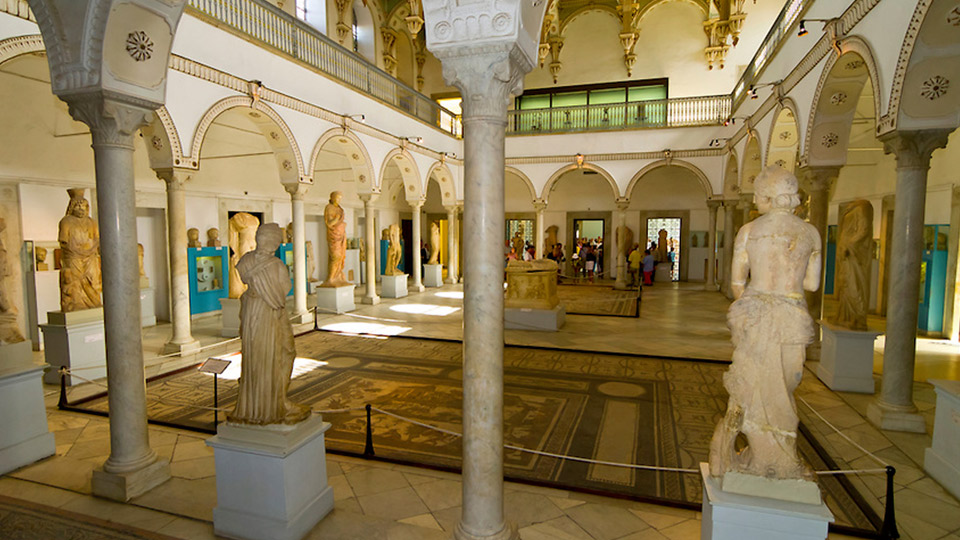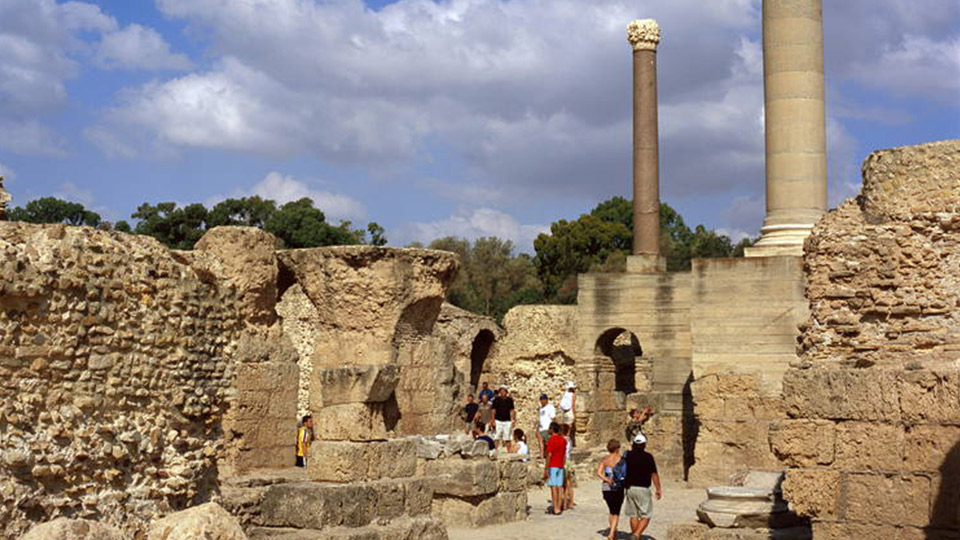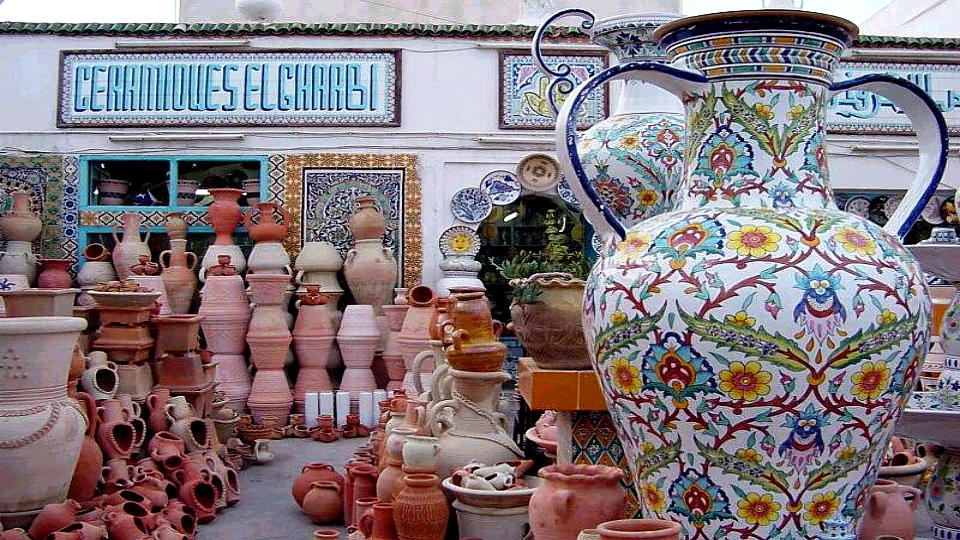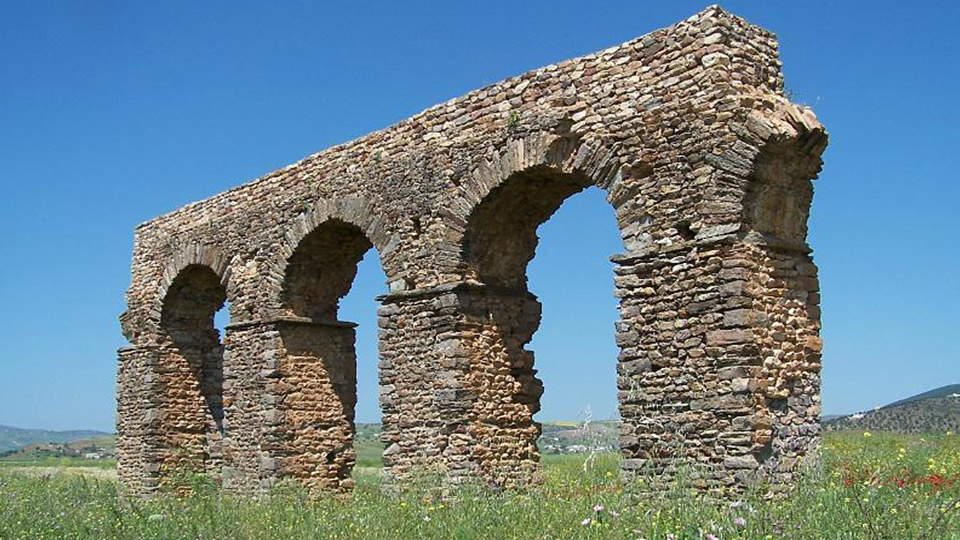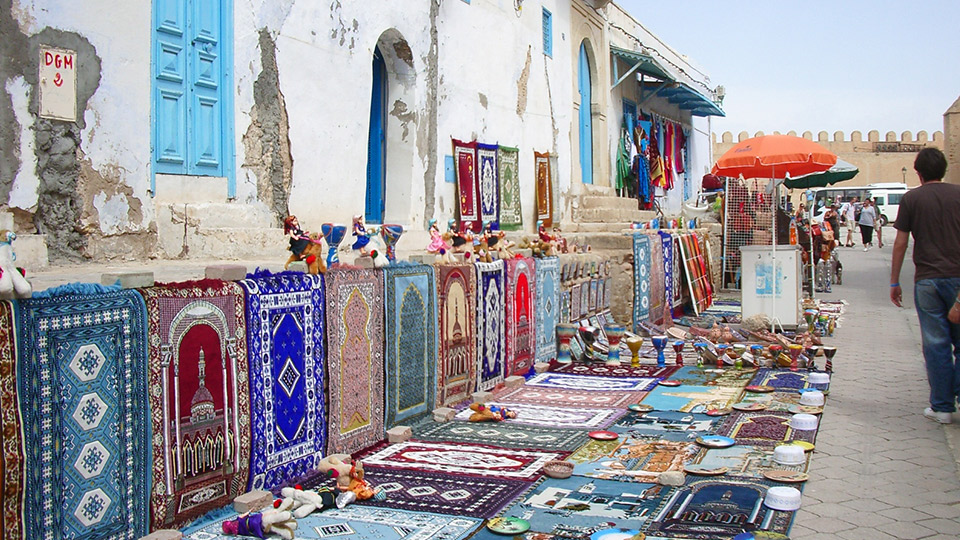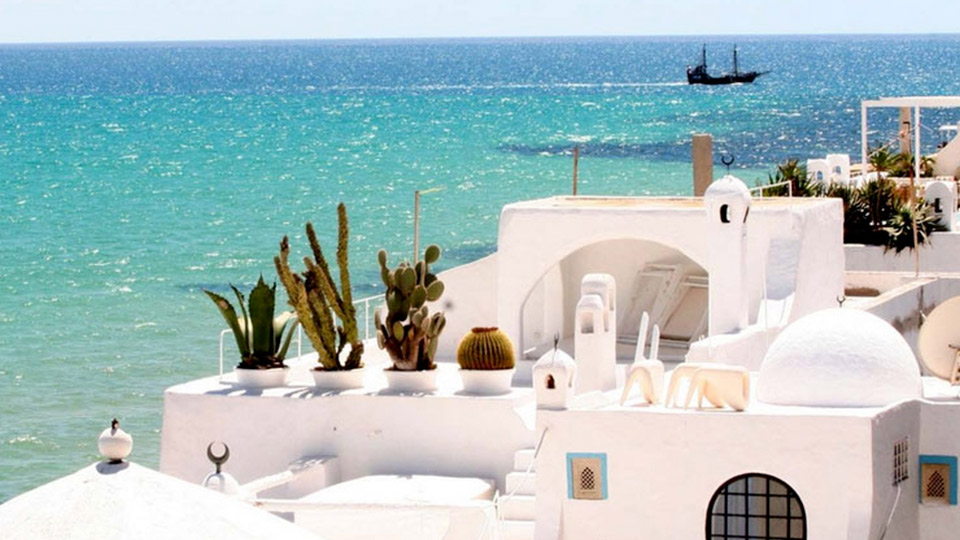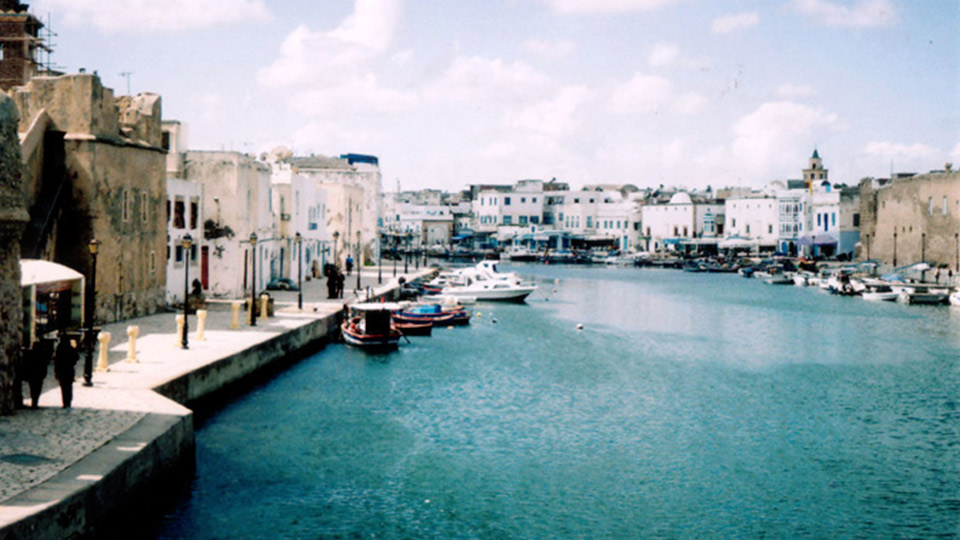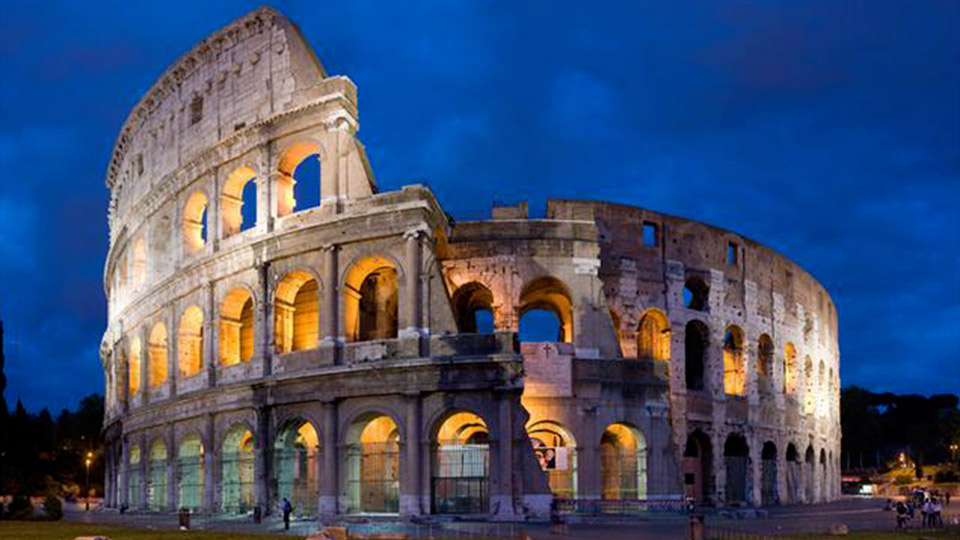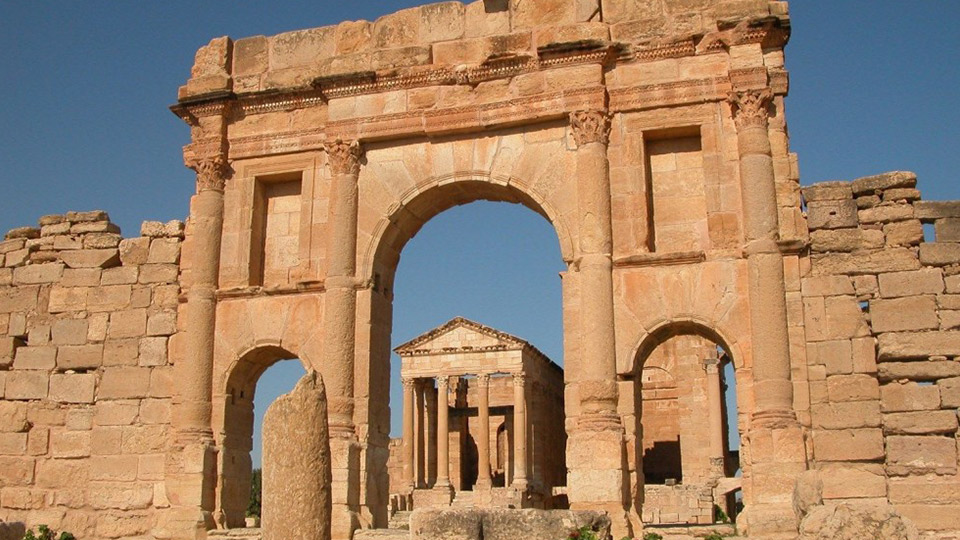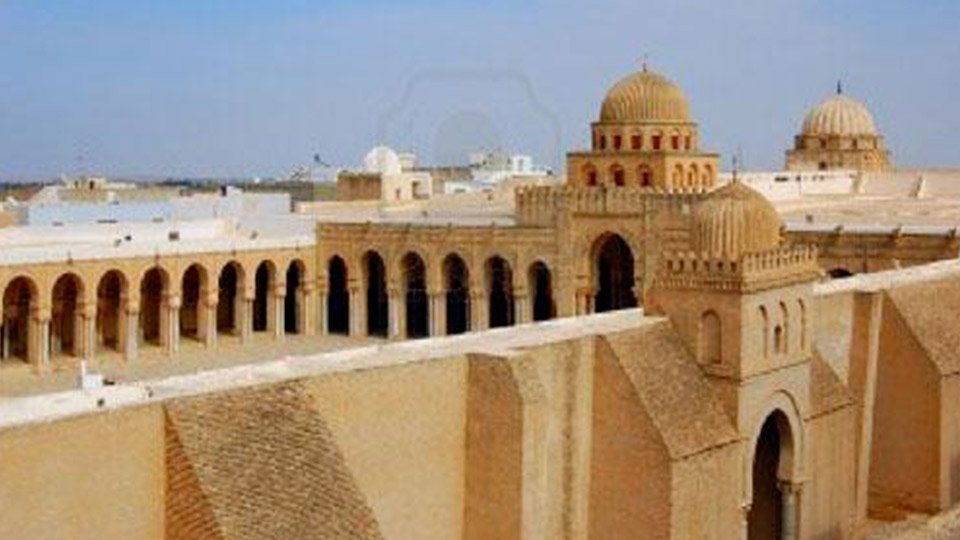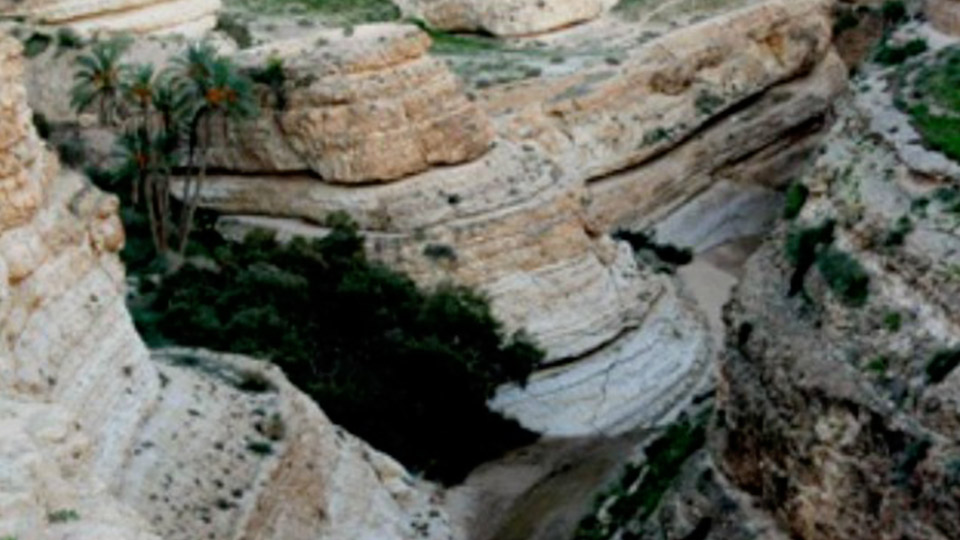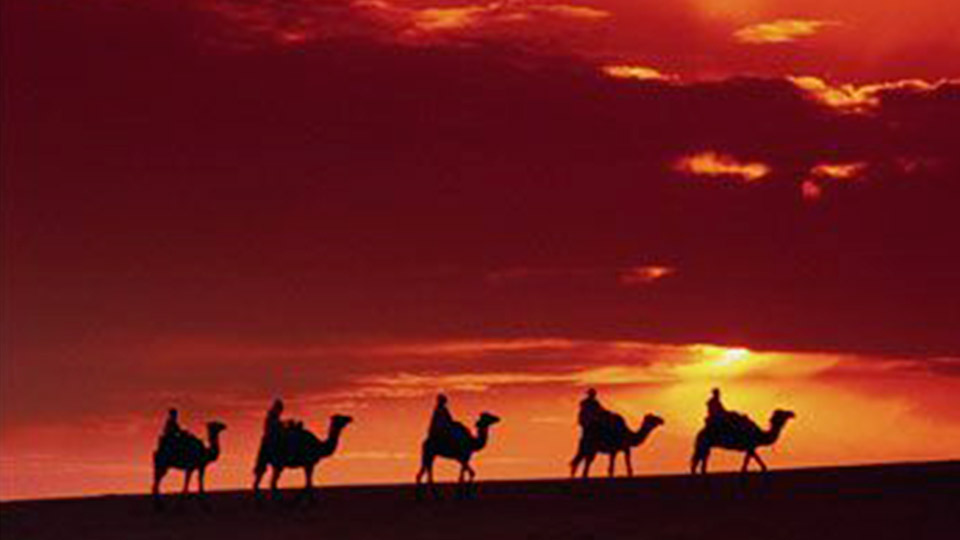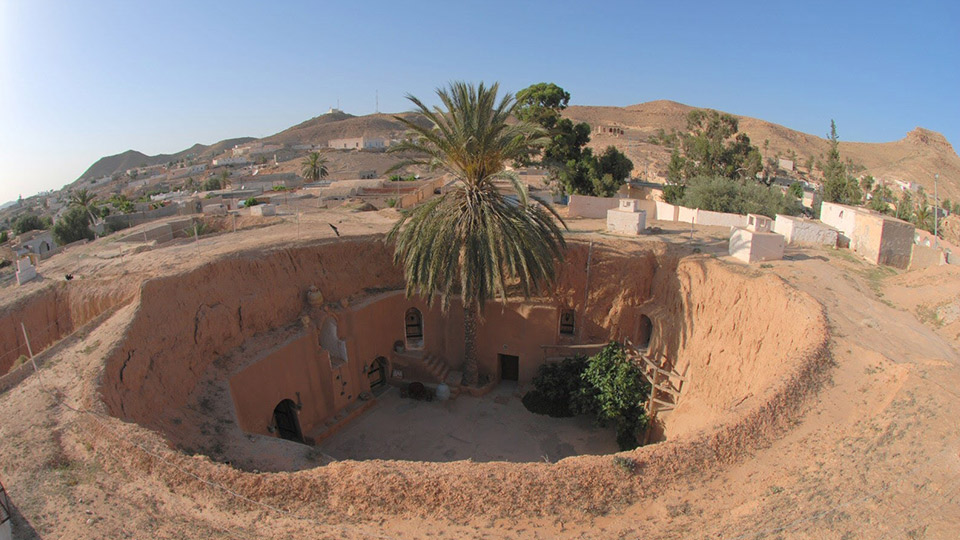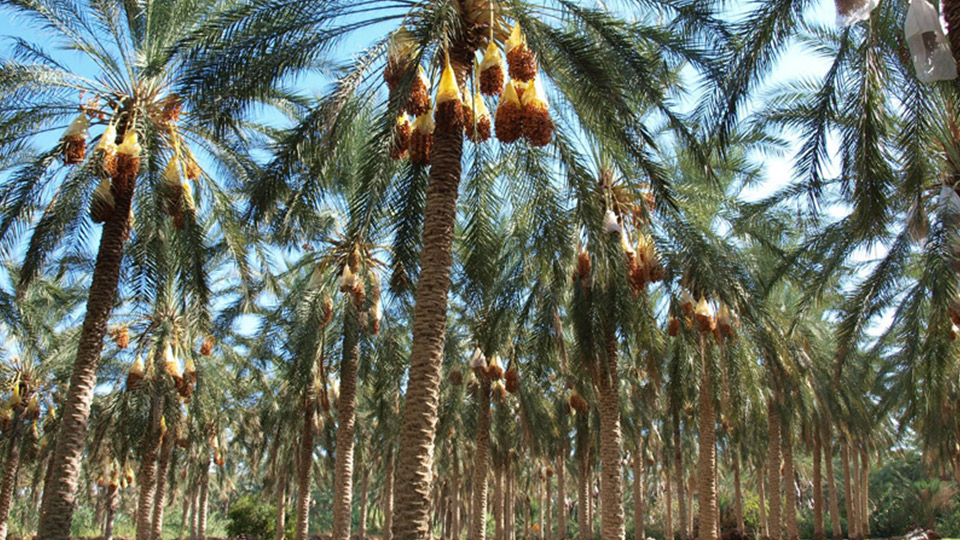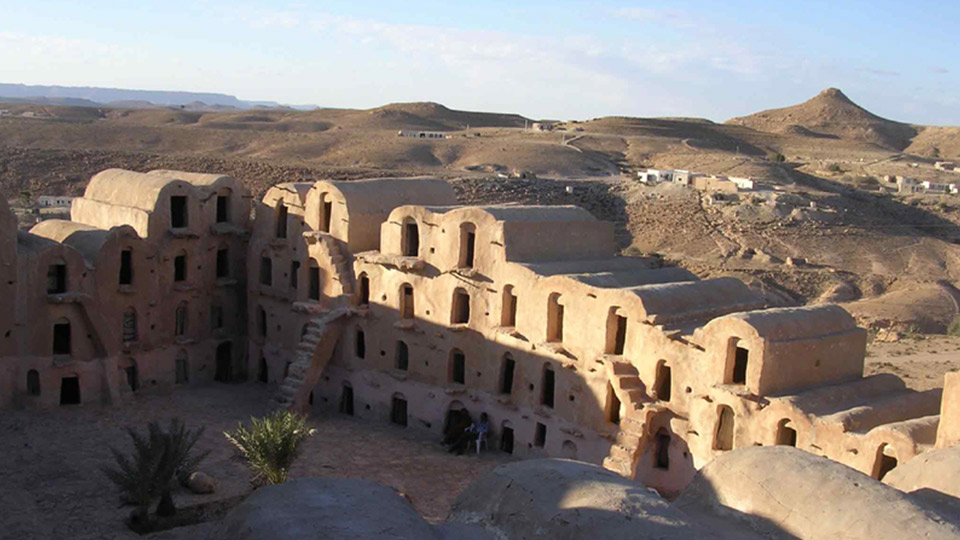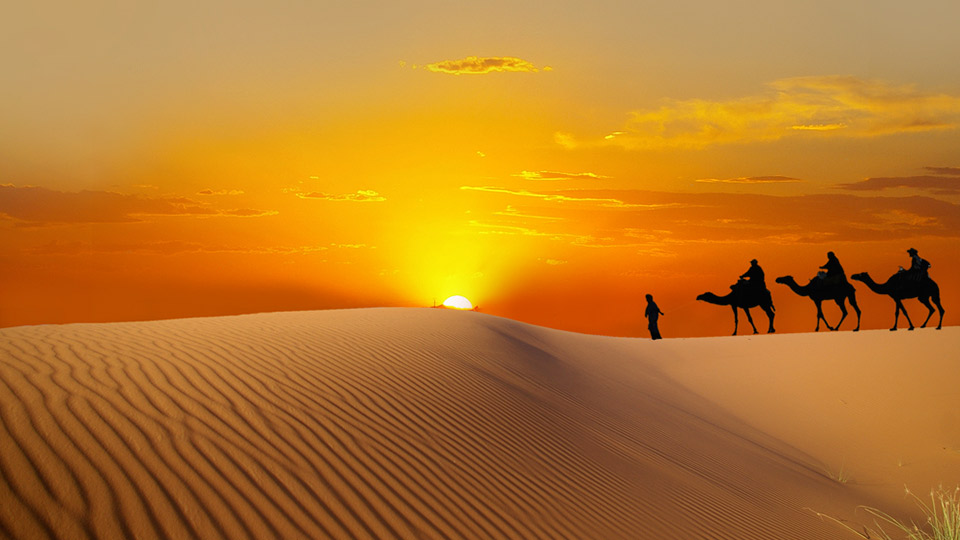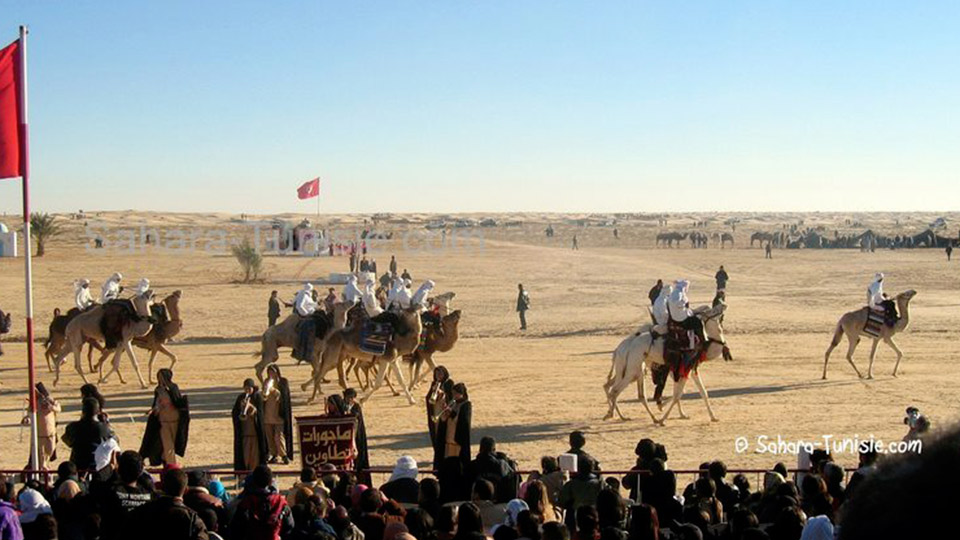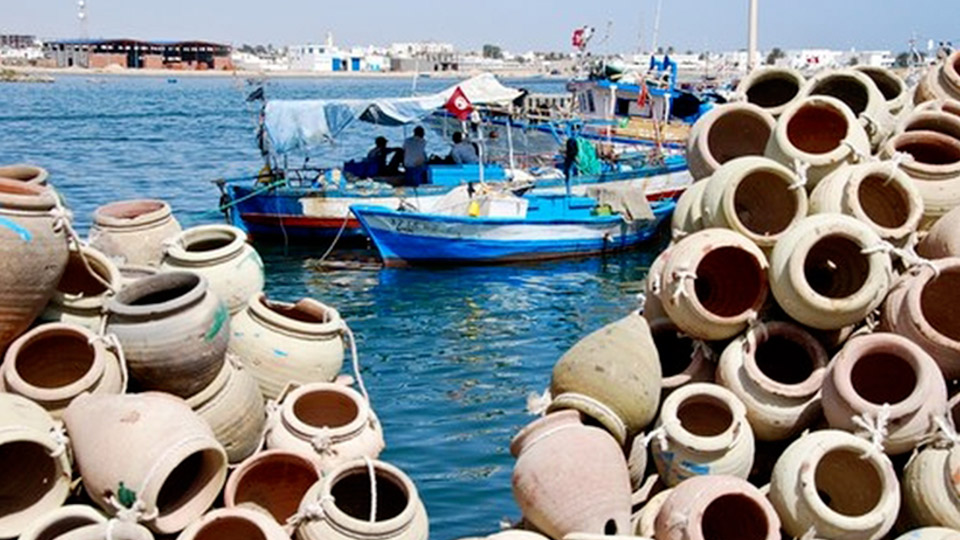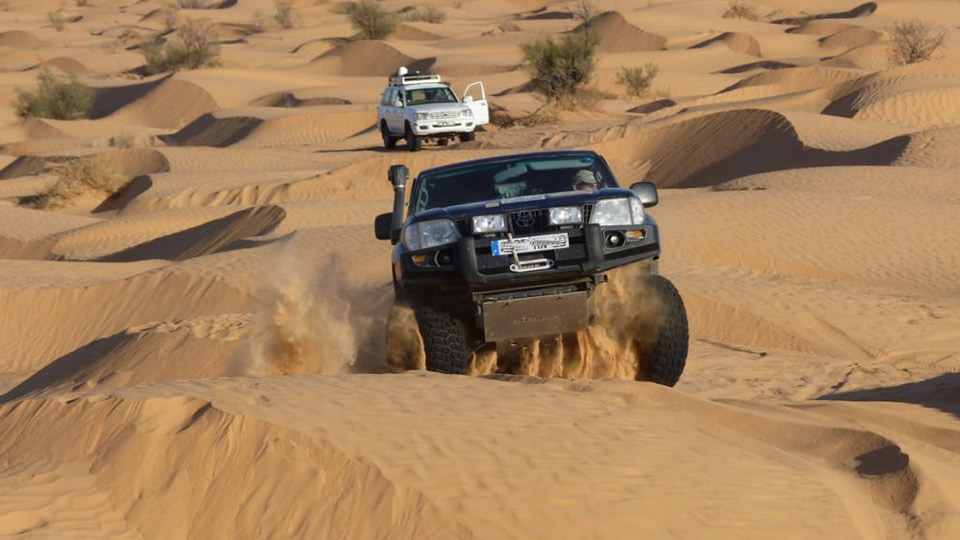Day one: ARRIVAL
Reception at the Airport and transfer to your hotel. Dinner and accommodation.
Day Two: TUNIS - CARTHAGE - TUNIS
Reception at the airport and transfer to your hotel in Tunis.
We will enjoy a walk to explore the beautiful Tunis and the most charming eclectic facades of Avenue Bourguiba; a mixed work of Arab-French architecture, decoration art, art nouveau, neo-classical, and neo-Byzantine arts. The theater, designed by Resplandy, is a superb example of Art Nouveau. It is very pleasant to stroll through this beautiful avenue and to mingle with the nice crowds of Tunisians.
We pay a visit to Carthage. The ruins of Carthage provide a summary of the history of Tunisia from the foundation of the Phoenician city, in the eighth century BC to the Arab conquest in the seventh century AD. Founded by Elyssa-Dido, ancient Carthage is an amazing city.
The view over the bay of Tunis is superb and the Punic district houses cling to the hillside.
Dinner at a restaurant in Tunis. Overnight at the hotel.
Day Three: Tunis- Bardo Museum-Tunis- Medina
We will enjoy a walk to explore the beautiful Tunis and the most charming eclectic facades of Avenue Bourguiba; a mixed work of Arab-French architecture, decoration art, art nouveau, neo-classical, neo-Byzantine (like the beautiful Cathedral). Arabian: caryatids, antique decor, curves and floral motifs. The theater, designed by Resplandy, is a superb example of Art Nouveau. It is very pleasant to stroll through this beautiful avenue and to mingle with the nice crowds for Tunisians.
We visit the Bardo Museum and enjoy its unique collection of mosaics.
We will visit the famous National Museum of Bardo. Recently renovated, full of mosaics and Roman sculptures. This ancient palace of the nineteenth century was named a museum in 1882, during the reign of Ali Bey and is one of the famous museums in the world. After lunch, we enjoy a walk in the ancient Medina, an amazing world of its own. We will enjoy tea in a café on Avenue Bourguiba.
Back in Tunis for dinner and overnight at the hotel.
Day Four: Tunis- Hammamet- Nabeul-El- Houaria- Tunis
Breakfast in Tunis.
After breakfast, we head to Nabeul. As you enter the town you become aware of what it is famous with pretty quickly and this is the production and selling of pottery which is reflected by the statues in the entry to the town and on junctions about the towns ring roads. The style of pottery is typically Tunisian with a pleasant bright design and a variety of practical applications. This is a good place to go if you’re buying larger items for the garden or home as a number of stores were running offers on the larger jugs and urns especially on the road to Tunis just outside Nabeul.
We will have lunch in El-Houaria. It is known by the so called “Roman Caves”. These “Roman Caves” have been designated a national monument by the Tunisian government and date back to the 6th century BC. They are to be found west of El- Haouaria on the Cap Bon Tunisian Peninsula.
Dinner and overnight at the hotel in Tunis.
Day Five: Tunis-Utique- Bizerte-Tabarka
Departure fromTunis.
We visit "Utica", a charming place founded by the Phoenicians of "Tyre" long before Carthage. Due to its neutrality Utica was spared and became an important city under the Antonines and the Severi. The museum and its garden have some pretty mosaics inspired by the sea.
We then drive along the coast to reach the region of Bizerte where we enjoy lunch. We take a walk around the old port and then we drive the road around the mountains connecting the massifs of "Mogods" and "wadi Sejnane". The village of "Sejnane" is best known for its native Berber pottery and for the beautiful storks. The whole region was the granary of Rome. It was the theater of the scenes of terrible battles during World War II. In spring these valleys spread all shades of green for our delight. The pretty little port of "Tabarka" is best known for coral fishing, rocks eroded by the sea, the needles, the Genoese fort and the terrace of the Andalusia cafe decorated with blue ceramics.
Dinner and overnight at the hotel.
Day Six: Tabarka-Bulla Regia- Chemtou- Kairouan
As the beautiful sun rises into the sky we cross the forest of mountain Kroumirie 90,000 hectares planted with cork oaks circling the coastal region of Tabarka. Located 800 meters away, Aïn Draham is a resort for hunting and winter sports. We will visit Chemtou and the Marble Mountains providing the most precious materials in the era following the imperial porphyry: the marble of Numidia, which the Romans named it, the "color of the lion's mane." The Marble Museum is extremely interesting.
Lunch in Jendouba, and then we pay a visit to the ancient city of Bulla Regia, an archaeological site in northwestern Tunisia, a former Roman city. It is noted for its Hadrianic-era semi-subterranean housing, a protection from the fierce heat and effects of the sun. Many of the mosaic floors have been left.
After Lunch, we will visit the museum that has a wealth of mosaics. We will also pay villa Africa an unforgettable visit. The villa was discovered in 1990 and restored by the team of Professor Jean Claude Golvin. Organized around a central courtyard, the different rooms are luxuriously decorated with mosaics, but the main goal remains in the restoration of walls and roofs.
Kairouan is referred to as the Islamic Cultural Capital, it has become an important centre for Islamic and Quranic learning, and thus attracting a large number of Muslims from various parts of the world, the holy Mosque of Kairouan is situated in the city, it is considered by many Muslims to be Islam's fourth holiest city.
Day Seven: Kairouan-Sousse- El Jem- Sbeitla
After breakfast in Kairouan, we head to Sousse, jewelry of the Sahel where we will visit the beautiful museum and the Medina. Perched on the coast of the Mediterranean sea, Sousse is a glistening town on the East Coast of Tunisia, located about 150km south of the capital. With a long history dating back as far as the 11th century, Sousse has huge appeal for tourists. It was founded by the Phoenicians in the 11th century and has been fought over by the Romans, Arabs and Europeans. This colourful history, and a vibrant culture make Sousse a must visit destination for everyone – whether you want to laze about on the beach, or immerse yourself in history.
We take the journey to El Jem. We will see the amphitheater, built in the late second century on the model of the Coliseum of Rome. This beautiful monument has retained its three floors that could seat 35,000 spectators.
Dinner and overnight in Sbeitla.
Day Eight: Sbeitla-Gafsa- Tamaghza-Chebika- Tozeur
After breakfast, we visit the archaeological site of Sbeïtla. The earliest inscription goes back to the first century and the city built on a rectangular frame was definitely never Punic. We will admire the beautiful Capital consisting of three temples dating back to the 2nd century, joined by arcs fitted into each other. This interesting technique was widely used in Roman Tunisia. The large spas divided into winter baths and summer baths form a fine set for relaxation. The Byzantine churches have beautiful baptistery decorated with polychrome mosaics.
We continue to Gafsa. Gafsa is a city in southern Tunisia. It is the portal of the great Tunisian Sahara. The city is located in a gap in the middle of a mountainous alignment, called Gafsa Mountains, between Djebel Bou Ramli and Djebel Orbata which culminates at 1165 m. Capsa, the ancient name of the city of Gafsa, gave its name to the Caspian epipaleolithic culture. Bones and traces of human activity dating back more than 15,000 years were discovered in this region. In addition to making stone tools, the Capsians produced various tools from bones, including needles for sewing clothes from animal skins. In the 14th century BC. The Phoenicians founded Utica. During Antiquity, the Romans occupied Capsa in the 2nd century BC. The city then developed to the point of becoming a city and then a colony. We will stroll through the town using 4WD cars. Then, we will have lunch in Gafsa.
Dinner and overnight in Tozeur.
Day Nine: Tozeur- Kebili- Douz
We continue to Gafsa. Gafsa is a city in southern Tunisia. It is the portal of the great Tunisian Sahara. The city is located in a gap in the middle of a mountainous alignment, called Gafsa Mountains, between Djebel Bou Ramli and Djebel Orbata which culminates at 1165 m. Capsa, the ancient name of the city of Gafsa, gave its name to the Caspian epipaleolithic culture. Bones and traces of human activity dating back more than 15,000 years were discovered in this region. In addition to making stone tools, the Capsians produced various tools from bones, including needles for sewing clothes from animal skins. In the 14th century BC. The Phoenicians founded Utica. During Antiquity, the Romans occupied Capsa in the 2nd century BC. The city then developed to the point of becoming a city and then a colony. We will stroll through the town using 4WD cars. Then, we will have lunch in Gafsa.
We cross Chott El Jerid (a huge salt lake) to the beautiful oasis of Kebili, Saharian city that constitutes the largest market of dates in the region.
Dinner and overnight at the hotel in Douz, the Saharian village of the Tunisian desert.
Day Ten: Douz- Matmata- Tataouine
After breakfast, we will visit the market of Douz, a traditional and authentic trading center in the middle of the desert.
After breakfast, we cross the road by ferry to Gabes. In Gabes we will visit the museum of nature. Our first stop will be the War Museum at Mareth.
Lunch in Gabes before we visit the Berber village Matmata where we admire troglodytes. We will head to Tataouine, a sahrian city famous with its Ksours and traditions.
Dinner and overnight in Tataouine.
Day Eleven: Tataouine- Ksours- Djerba
Breakfast in Tataouine.
We will visit the breathtaking Berber "ksours".
Dinner and overnight in Jerba, the Island of Lotos of the Odyssey.
Day Twelve: Djerba
We will visit Djerba. Djerba, the largest island of North Africa, is situated southeast of Tunisia on the Gulf of Gabes, and is ringed by miles of sandy beaches and luxury hotels. With its ideal temperate climate, this is another very popular Tunisian destination.
We visit MIDOUN and enjoy exploring Djerba. We will have lunch during the excursion.
Day Thirteen: DEPARTURE
Transfer to the airport of Djerba, assistance with registration and return flight.
It is possible to fly back from Djerba to Tunis.
Overnight in Tunis. It is possible to fly back home from Tunis to your country.

